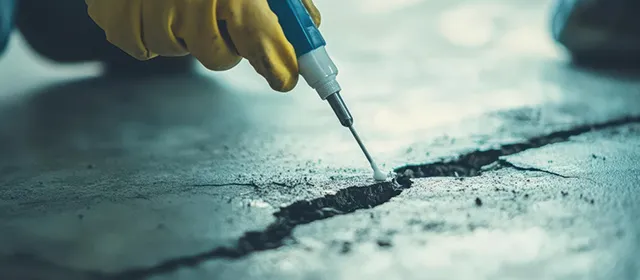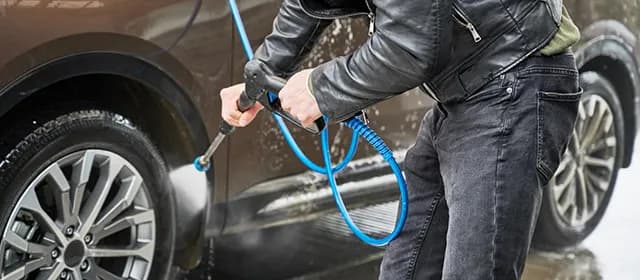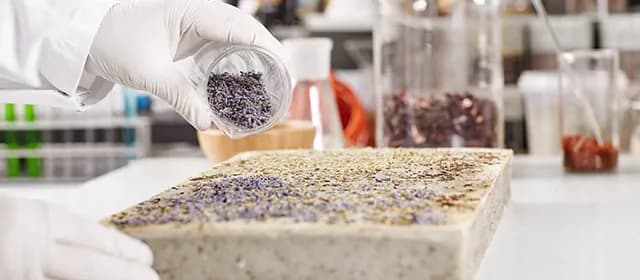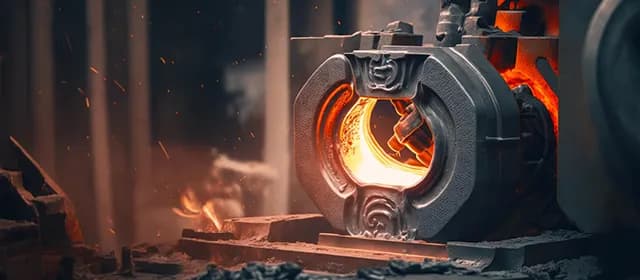Pavement cracking represents a persistent and costly maintenance challenge. Traditional crack sealants degrade over time due to traffic loading, temperature cycles, and environmental exposure. Advances in material science point toward self-healing and eco-friendly crack sealing technologies that repair damage autonomously, extend service life, and reduce environmental impact. This blog analyzes the mechanisms, recent developments, field trials, constraints, and prospects of these innovations in pavement repair.
According to Kings Research, the global crack sealer market size was valued at USD 657.9 million in 2023 and is projected to grow from USD 684.8 million in 2024 to USD 942.7 million by 2031, exhibiting a CAGR of 4.67% over the forecast period.
How Do Pavement Materials Achieve Self-Healing?
Intrinsic self-healing refers to the material’s inherent ability to close cracks, typically via molecular diffusion, surface energy effects, or viscoelastic flow. Research on asphalt mixtures confirms that temperature, humidity, molecular mobility, and healing time influence the rate and extent of crack closure. This intrinsic capability proves insufficient for significant or wide cracks, prompting external or extrinsic healing strategies.
Extrinsic healing embeds capsules, vascular networks, rejuvenators, or microcapsules containing healing agents that release when cracking occurs. Encapsulated oil, wax, or polymer-based healing agents infiltrate fissures and solidify to restore continuity. Laboratory experiments employing encapsulated rejuvenator technology show improved repair of microcracks and enhanced fatigue resistance (Source: pmc.ncbi.nlm.nih.gov). Surface activation techniques using induction, microwave, or heat stimulation can trigger healing in metallic or conductive additives integrated into the binder. This approach helps mobilize rejuvenators or soften the binder to facilitate closure.
What Are the Latest Eco-Friendly Pavement Sealers and Sustainable Additives?
Conventional crack sealants rely on coal tar or petroleum-based binders, many of which contain polycyclic aromatic hydrocarbons (PAHs). Some jurisdictions restrict coal tar sealants due to PAH risks. The State of New York’s GreenNY program mandates procurement of alternative sealants with reduced PAH content. (Source: ogs.ny.gov)
Recent research proposes crack sealants based on waste engine oil (WEO) and crumb rubber modified asphalt (WCRA). This eco-friendly formulation delivers improved crack penetration and binding properties. Researchers tested that sealant in 2024, confirming enhanced environmental performance and mechanical behavior.
Cold-pour emulsion or maltene-replacement sealers offer lower temperature application and reduced energy consumption. An example product is C-23 restorative asphalt seal, which employs a single-component cold-pour emulsion and does not require extensive crack cleaning or heating. The sealer supports environmental objectives and reduces labor intensity.
Hot pour mastics remain relevant. The Pennsylvania Department of Transportation describes Hot Pour Mastics as flexible, year-round repair materials that bond firmly and resist deformation. Because they combine rubberized sealants and engineered aggregates, they seal cracks thoroughly and enhance durability. (Source: www.pa.gov)
Key Research and Innovations in Pavement Repair Materials
A 2024 review of self-healing asphalt technology identifies key advances in encapsulation, induction heating, nanomaterial additives, and intelligent sealing materials. The review traces the evolution of research and prospects for intelligent maintenance frameworks in cracked pavements.
One study from 2024 synthesized an eco-friendly crack sealant incorporating WEO and crumb rubber. The development supports a reduced environmental footprint and improved adhesion in repaired cracks. Laboratory research at the Illinois Center for Transportation assesses microcapsule-based self-healing in both flexible and rigid pavements. The study examines capsule survival through construction processes, dosing strategies, and crack healing kinetics in real pavement contexts.
Nanomaterials and polymer enhancers imbue sealing compounds with improved adhesion, elastic behavior, and durability. A 2025 review of sealing materials underscores how the strategic addition of nanomaterials advances adhesive strength, resilience to thermal cycling, and crack bridging capability. Rumors of self‐healing asphalt using recycled oil capsules suggest potential lifespan extension of up to 30 percent through microcrack repair.
What Challenges Arise in Deploying Self-Healing Crack Sealers?
Field deployment of self-healing or eco-friendly sealers faces several barriers. Capsule rupture during paving or compaction may compromise functionality. Some microcapsules degrade under high mixing temperatures or mechanical stress, reducing healing efficacy. The Illinois microcapsule study notes structural survival and retention as critical hurdles (Source: apps.ict.illinois.edu). Large cracks exceed the healing capacity of embedded agents. This implies that self-healing sealers serve better as preventive or lifecycle-extending solutions rather than full structural repairs.
Testing conditions must replicate real environment stressors: traffic loading, temperature fluctuation, UV exposure, moisture ingress, and aging phenomena. Long-term monitoring is required to validate laboratory claims under real pavement environments. Cost and scale present challenges. Nanomaterials, capsules, or advanced rejuvenators incur higher material or processing costs relative to conventional sealants. Widespread adoption hinges on favorable cost-benefit outcomes over maintenance cycles.
Standardization and regulatory approval remain nascent. Sealant materials must meet performance, safety, environmental, and durability standards. Civil agencies rely on validated performance data before deploying new materials at scale. Environmental compatibility demands lifecycle assessment. Production of nanomaterials or encapsulants may require energy or chemical inputs; net environmental benefit must outweigh these costs.
Can Self-Healing and Eco-Friendly Sealers Transform Pavement Maintenance?
Self-healing and eco-friendly crack sealers offer potential to reduce maintenance frequency, repair costs, and environmental impact. Autonomous repair prevents small cracks from escalating into more serious failures, prolonging pavement life. Intelligent or self-sensing sealers can signal degradation or incipient damage, enabling proactive maintenance.
Environmental gains accrue from reduced emissions, lower use of heat or solvent processes, and avoidance of high-PAH materials. Sealants based on recycled materials (e.g., waste oil, crumb rubber) reuse waste streams. Reduced traffic disruptions result when repairs occur less frequently. Infrastructure managers benefit from more durable patches and fewer closures.
Adoption Strategies and Best Practices for Pavement Sealants
Pilot projects should target moderate traffic roads or critical infrastructure segments where high performance would yield a measurable return. Providing a comparison between conventional sealants and self-healing versions over multiple season’s yields data on durability, cost effectiveness, and environmental tradeoffs.
Sensor integration or embedded condition monitoring should accompany early deployments to validate performance and detect degradation. This can refine healing agent dosing, healing thresholds, and adaptive maintenance schedules. Close collaboration among materials scientists, civil engineers, and procurement agencies will help set performance standards, test protocols, and qualification routes. Demonstration scale, lifecycle cost models, and environmental impact assessments will build confidence.
Optimization of capsule size, concentration, healing agent chemistry, dispersion strategy, and compatibility with existing paving operations is essential. Trial-and-error in realistic mix and temperature regimes will narrow the parameter space. Where eco-friendly additive formulations show promise (e.g., WEO-based or rubber-modified sealants), agencies should prioritize field trials in climates matching local conditions. This matching ensures that performance under expected thermal cycles, moisture ranges, and traffic loadings is sufficiently evaluated.
Regulatory and specification bodies must evolve to permit the adoption of new sealants in road maintenance contracts. Standard tests for performance, durability, adhesion, and healing should be developed and adopted. Cost benchmarking should include lifecycle cost, not just initial material cost. If self-healing sealers deliver multiple years of added life, total cost of ownership may tilt in their favor.
Conclusion
Innovations in self-healing and eco-friendly crack sealers hold promise to transform pavement maintenance regimes. Material systems that embed healing capsules, incorporate nanomaterials, or use recycled and green chemistries may reduce repair frequency, enhance durability, and limit environmental damage. Early laboratory and pilot results demonstrate feasibility, but challenges remain in scale, cost, standardization, and field validation. Infrastructure stakeholders should pursue strategically phased pilots, performance monitoring, and regulatory alignment. The trajectory of research and technology suggests that future generations of pavements may possess semi-autonomous repair capability, reducing lifecycle maintenance burden and improving pavement sustainability.




